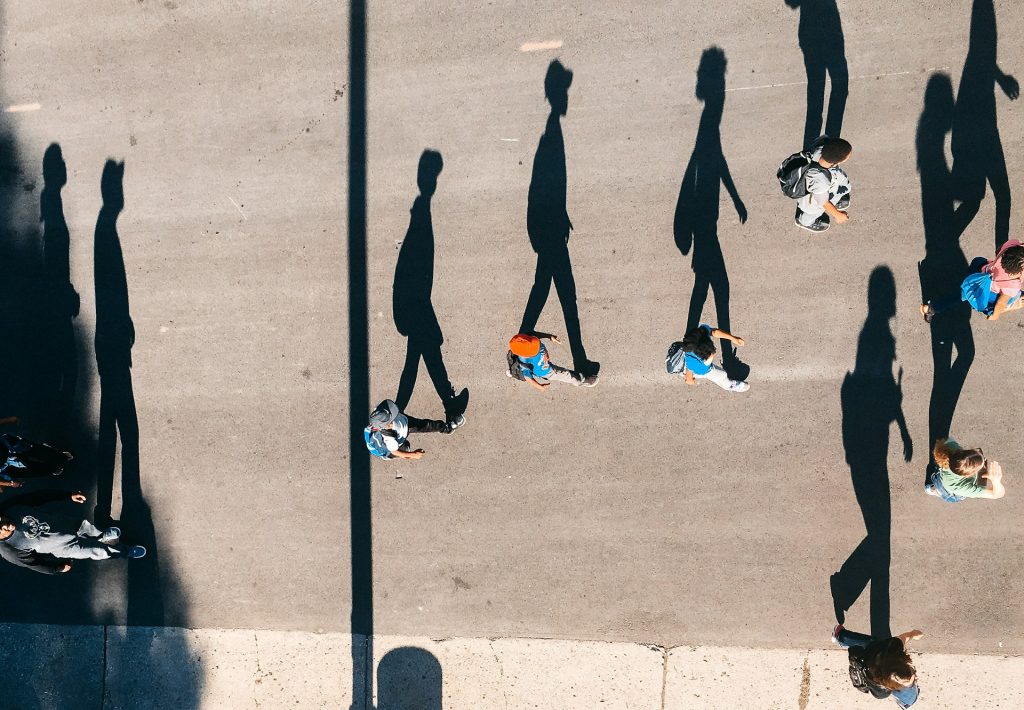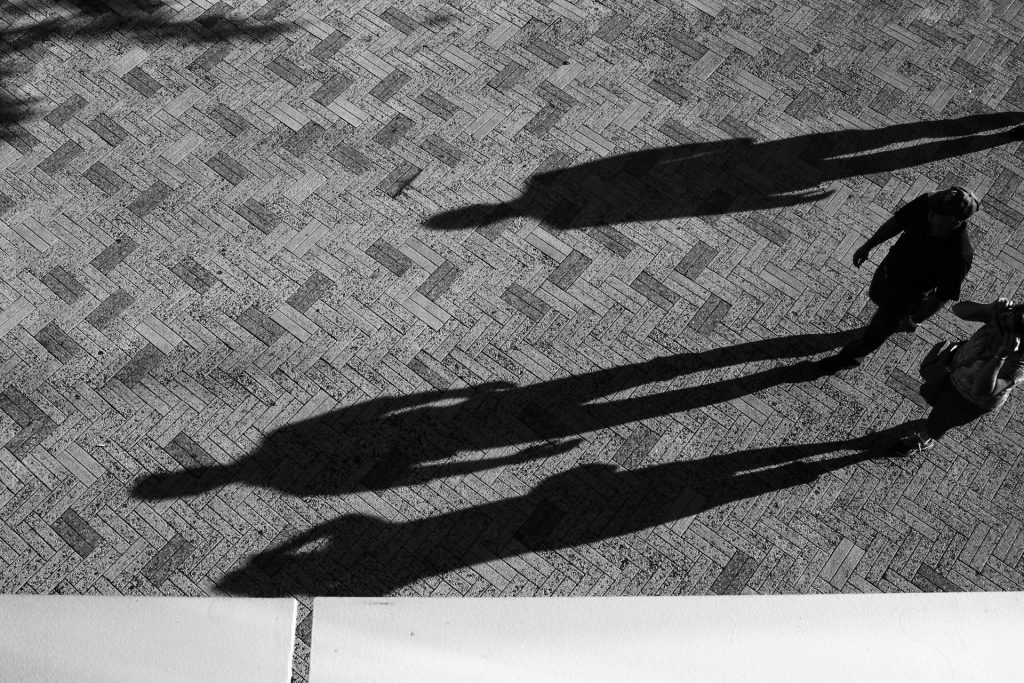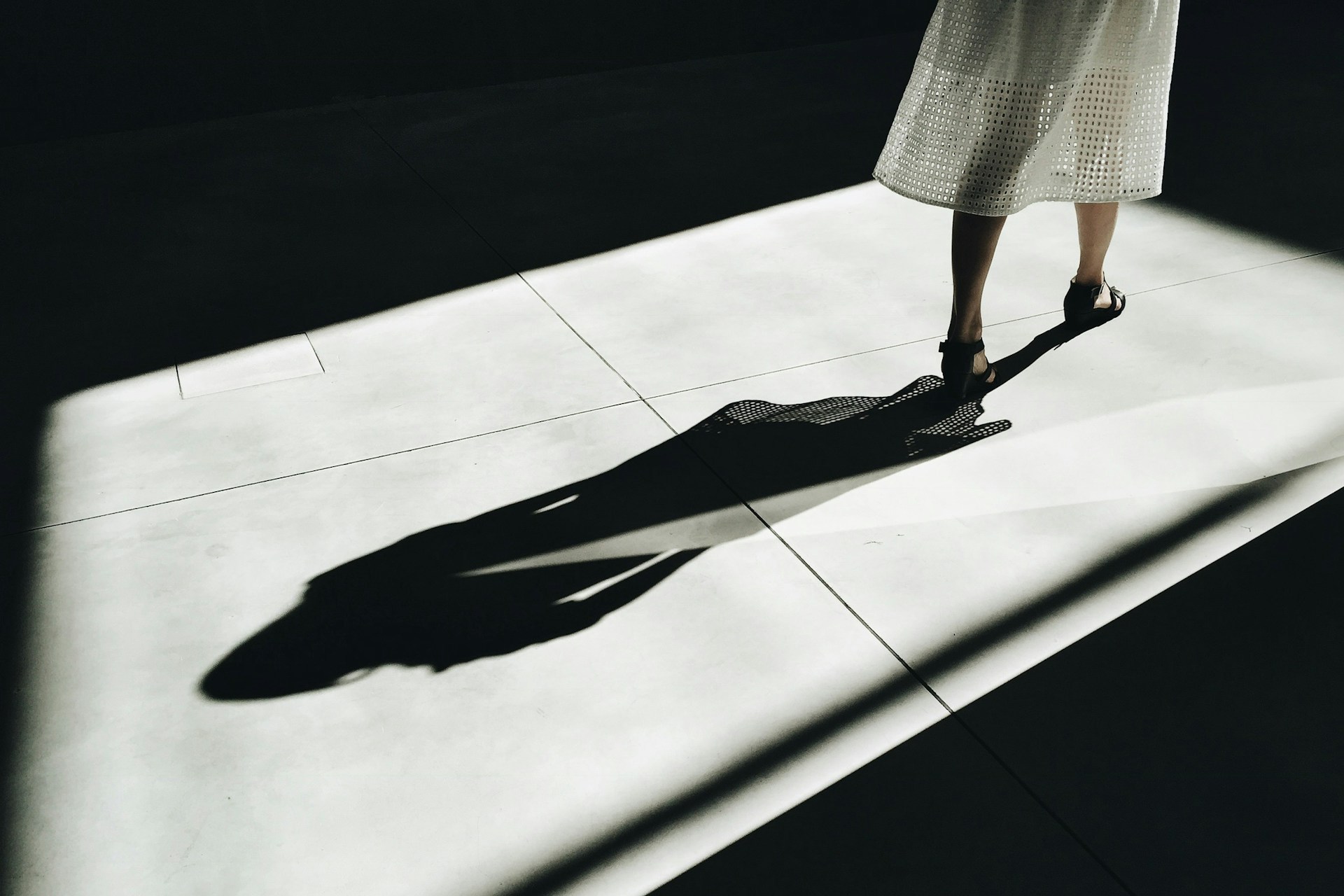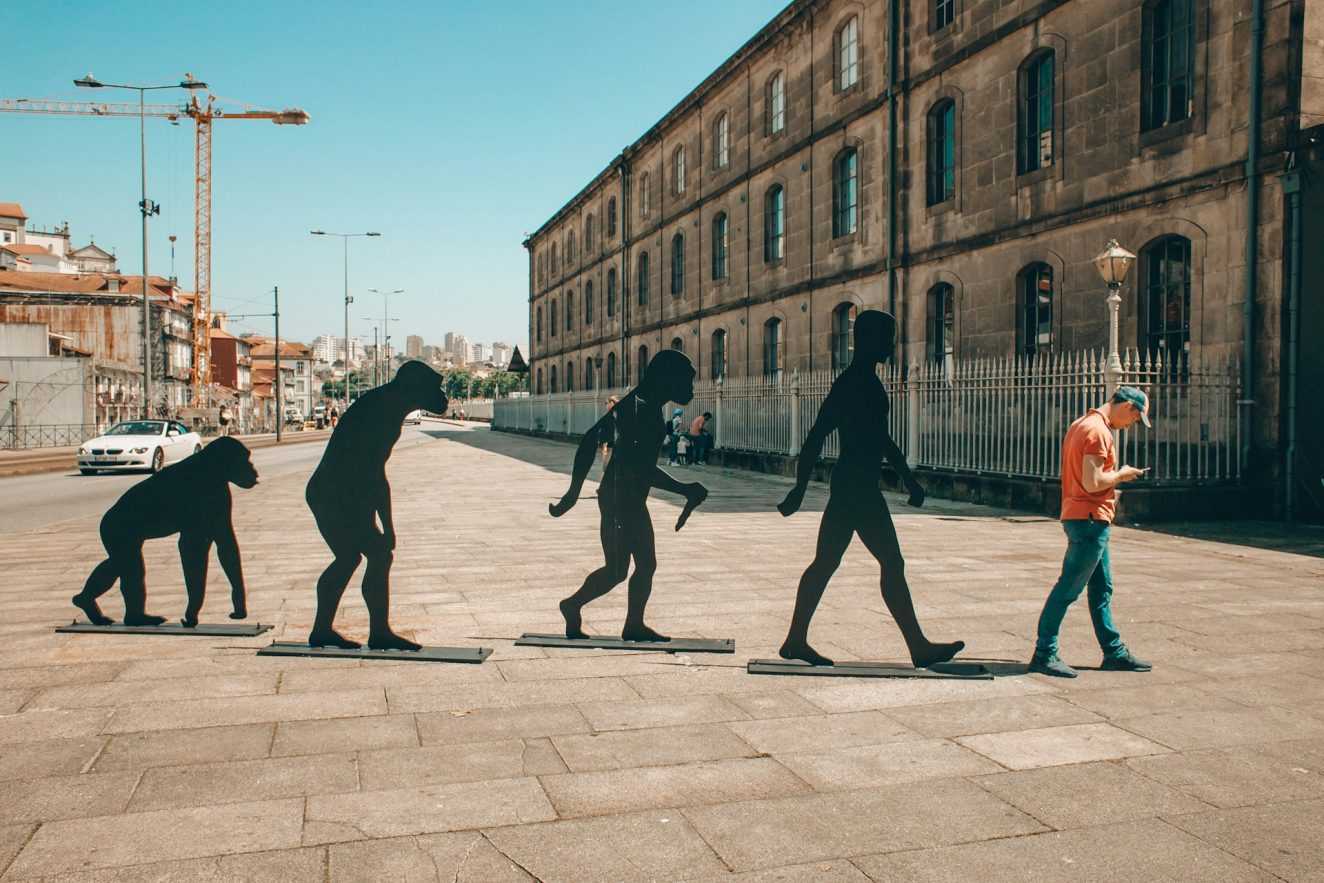Long before the invention of clocks, humanity relied on the length of shadows to gauge the passage of time. But what exactly are shadows, and how do they come into existence? Let’s embark on a journey to uncover the secrets behind these intriguing phenomena.

Shedding Light on Shadows
At its core, a shadow represents the absence of light. When an object obstructs the path of light, it creates a dark area behind it known as a shadow. The formation of shadows hinges on two essential elements: light and an opaque object.
Types of Objects and Their Shadow-Making Abilities
The ability of an object to cast a shadow depends on its transparency. While light can effortlessly pass through transparent objects and partially through translucent ones, it encounters resistance when it encounters opaque objects, resulting in the formation of shadows. It’s worth noting that shiny objects reflect light rather than creating shadows, as exemplified by mirrors.

Factors Influencing Shadow Size, Shape, and Depth
Several factors influence the characteristics of shadows:
- Source of Light: The brightness and type of light source impact shadow sharpness. Direct sunlight yields sharp shadows, whereas artificial or dim lighting produces softer, blurred shadows.
- Position of Light: Shadows vary in length based on the angle at which light strikes the object. When light hits an object perpendicularly, shadows appear shorter, while oblique angles result in elongated shadows.
- Object’s Size and Shape: The contours of an object determine the outline of its shadow. A spherical object casts a circular shadow, while a rectangular one produces a corresponding shape.
Observing Shadows in Nature
Venture outdoors on a sunny day and witness the ever-changing dance of shadows. The length of shadows fluctuates with the sun’s position in the sky, with longer shadows cast during mornings and evenings when the sun hangs low, and shorter shadows prevailing at midday.
Shadows and Celestial Events: Eclipses Unveiled
Eclipses, celestial phenomena caused by the interplay of shadows, manifest in two forms: solar and lunar. Solar eclipses occur when the moon obstructs the sun’s light, casting its shadow on the Earth, while lunar eclipses transpire when the Earth’s shadow falls on the moon.
Unraveling the Mystery of Colored Shadows
Contrary to popular belief, shadows aren’t always black. Under specific conditions, shadows can exhibit hues derived from the overlapping of colored light sources. For instance, when red, blue, and yellow lights converge, shadows may appear green, magenta, or cyan, reflecting the combination of primary colors.
Shadows in Dim Light: A Subtle Spectacle
Even in darkness, shadows persist, albeit in a diffused form. In low light conditions, the reduced contrast between shadows and their surroundings leads to a softer, less defined appearance.
Shadow Interactions: Attraction and Multiplicity
Under certain lighting conditions, shadows may converge and merge due to overlapping penumbra regions, a phenomenon known as the shadow blister effect. Additionally, an object can cast multiple shadows in the presence of multiple light sources, as observed in illuminated sports arenas.

In essence, shadows serve as silent witnesses to the interplay of light and matter. From their ever-changing forms in natural light to their role in celestial events, shadows offer a captivating glimpse into the intricacies of our world. As we unravel the mysteries of shadows, let us appreciate their subtle beauty and profound significance in shaping our perceptions of space and time.





